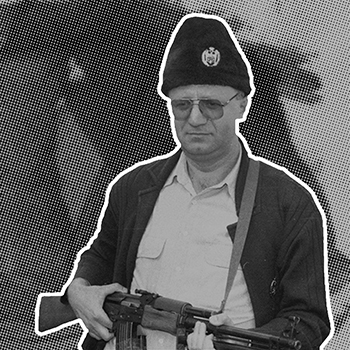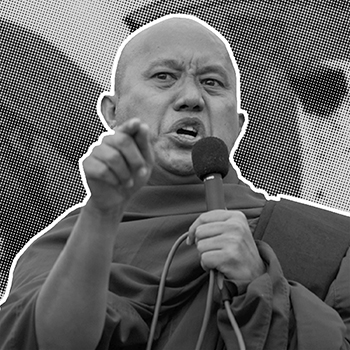
1948
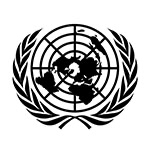
1954
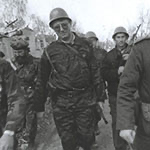
1991
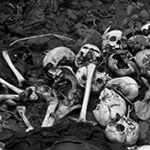
1994
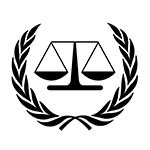
1998
Genocide Convention
Signed 9 December, 1948
The Genocide Word by Raphael Lemkin
The Nuremberg Trials established that individuals could be found criminally liable for their words under international law.
In 1948, the United Nations expanded the scope of potential criminal liability for atrocity-focused words when the General Assembly adopted the Convention on the Prevention and Punishment of the Crime of Genocide, commonly known as the Genocide Convention. The Convention, the brainchild of Polish Jewish jurist Raphael Lemkin, who lost his family in the Holocaust, came into effect in 1951 after a sufficient number of signatories ratified it.
The pact defines genocide (certain acts – including but not limited to killing – “committed with intent to destroy, in whole or in part, a national, ethnical, racial or religious group, as such”) and identifies as punishable acts not merely the commission of genocide but also attempts to commit it, conspiracy to do so, and complicity in its commission. Most importantly, though, for the development of atrocity speech law, it also criminalizes “direct and public incitement to commit genocide”.
Draft Code of Offenses against
the Peace and Security of Mankind
Drafted in 1954 by the
International Law Commission
The ILC was created by the United Nations, and put under the aegis of the General Assembly, as a body of experts responsible for helping develop and codify international law. The Draft Code included the criminal modality of instigation, or verbally persuading others to commit atrocities. It also reaffirmed the offenses of incitement and persecution as a crime against humanity (CAH-persecution). This helped pave the way for the ad hoc tribunals for the former Yugoslavia and Rwanda to include incitement, CAH-persecution, and instigation in their statutes (the ad hoc tribunals also added the offense of “ordering” – when a superior commands a subordinate to commit an atrocity).
Balkan Conflicts
1991 — 1995
Radovan Karadzic Speech
Radovan Karadzic Speech to the Bosnian Parliament on the 14 October, 1991. Source video uploaded to YouTube by MrTerryWinter.
As the various constituent republics of the Socialist Federal Republic of Yugoslavia were coming apart with the end of the Cold War, the ethnically diverse republic of Bosnia and Herzegovina (BH) (44 percent Muslim, 31 percent Serb and 17 percent Croatian) was under threat by its extremist Serb contingent, led by Radovan Karadžić.
In October 1991, as Bosnian independence loomed on the horizon, Karadžić issued a candid genocidal warning to Bosnian Muslims considering an independence vote: “This might lead Bosnia into a hell and [cause] one people to disappear.” The eventual Bosnian secession vote triggered the threatened response. With support from the neighboring Serbian army, Karadžić’s forces, led by Bosnian Serb General Radko Mladić and aided by various paramilitary groups, launched an armed conflict to seize power and ethnically cleanse BH of its non-Serb citizens.
An integral part of the Bosnian Serb ethnic cleansing campaign was the pervasive use of hate speech. It denigrated Muslims by referring to them, for example, as balija or “filthy gypsies.” It inculcated the Bosnian-Serb public with the message that Bosniaks were “malefactors,” “cut-throats,” and “terrorist diversionary groups.” It warned them that the Bosniaks and Croats would attack them if they did not attack first. Bosnian Serbs were not the only disseminators of such ethnic cleansing propaganda. A prominent example in this regard is Vojislav Šešelj, an extremist anti-Muslim/Croatian politician operating in Serbia.
The propaganda had its effect and mass atrocities in the tens of thousands in BH, eventually culminating in the Srebrenica Genocide, spurred the international community to look for a judicial solution. In May 1993, the UN Security Council established the ad hoc ICTY, whose statute incorporated direct and public incitement to commit genocide, CAH persecution, instigation and ordering.
Genocide against the Tutsi in Rwanda
April—July 1994
Nearly parallel in time to the hate speech campaign in the former Yugoslavia, Hutu extremists in Rwanda were using newspapers, such as Kangura (“Wake Others Up”), and radio stations, such as Radio Télévision Libre des Milles Collines (RTLM) and Radio Rwanda, to vilify the minority Tutsi population and inflame Hutu passions in preparation for genocidal massacres.
From 1993 through the beginning of 1994, this hate speech became more and more virulent. As the genocide got under way in April 1994, Tutsis were being routinely characterized through extremist media outlets as less than human – branded variously as inyenzi (cockroaches) or snakes. And the genocidaires used code words to encourage their fellow Hutus to annihilate the minority ethnic group, telling them to “go to work.”
The April-July 1994 genocide, fueled by this hate speech campaign, resulted in approximately 800,000 deaths. Moved by the unimaginable scope of this butchery, as well as a sense of guilt for the international community standing idly by during the slaughter, in November 1994, the United Nations Security Council created the ad hoc International Criminal Tribunal for Rwanda (ICTR), whose statute mirrored that of the ICTY.
Excerpts From RTLM Broadcasts 1994
Rome Statute of the International Criminal Court (ICC)
Adopted July 1998
During the ICTY/ICTR experience, the international community realized ad hoc tribunals were too expensive/inefficient. A more permanent solution for international justice was needed. On July 17, 1998, working from the International Law Commission’s 1996 Draft Code of Crimes against the Peace and Security of Mankind, a diplomatic conference negotiated and adopted the Rome Statute of the International Criminal Court (ICC). Represented at the conference were 160 countries, 31 UN agencies and other intergovernmental organizations, and 124 Non-governmental organizations.
It gave the ICC jurisdiction over the crimes of genocide (Art. 6), crimes against humanity (Art. 7), war crimes (Art. 8), and aggression (later defined in Art. 8 bis and activated via Arts. 15 bis/ter) committed by citizens of signatory states or committed on their territories, regardless of the perpetrator’s citizenship.
The Court may be seized of a case in one of three ways:
- referral by a state party;
- referral by the Security Council (in which case the crimes alleged need not be perpetrated by a signatory’s citizen or on a signatory’s territory); and
- a Prosecutor-initiated investigation. The Statute provides that the ICC is to operate on the principle of “complementarity,” providing that the ICC intervene only when domestic institutions are unwilling or unable to act on their own.
Article 25(3) of the Statute enshrines the crime of direct and public incitement to commit genocide: “a person shall be criminally responsible and liable for punishment for a crime within the jurisdiction of the Court if that person . . . (e) In respect of the crime of genocide, directly and publicly incites others to commit genocide.”
Persecution as a crime against humanity was included among the list of inhumane acts at Article 7(1)(h) of the Statute. And, as with the ad hoc tribunal statutes, “instigation” (implicitly translated to “solicitation” or “inducement”) and “ordering” are generally assigned to the section on “Individual Criminal Responsibility.”
In particular, Article 25(3)(b) assigns liability to an individual who “orders, solicits or induces the commission of such a crime which in fact occurs or is attempted…”












